When something useful comes into our lives, how quickly we forget what came before.
Take the Kessock Bridge.
Many Invernessians and tourists have fond memories of the Kessock ferry across the Beauly Firth of course, but how many would really want the old days back, however quaint and charming they now seem?
The bridge that displaced the ferries opened 40 years ago on July 19, and has been credited with a significant role in opening up the Highlands to commerce and tourism, along with the other two major bridges in the region, Cromarty and Dornoch.
Together they took miles and hours off journeys waiting for ferry crossings or meandering endlessly around the estuaries.
Thanks to three visionary men, the bridges avoided government-backed proposals which would taken the A9 around the estuaries, despoiling tranquil villages and ruining prime agricultural land in the process.
The Kessock Bridge was known as ‘Pat’s bridge’ for years, after its chief proponent, Pat Hunter Gordon.
The late industrialist/farmer fought tooth and nail, alongside Edderton farmer Reay Clarke, to see the three bridges erected.
Sadly, Mr Hunter Gordon died in a car accident in 1978 before he could see the bridges come to fruition, but no doubt he would be quietly satisfied to see their impact on the Highland economy, and the volume of traffic they carry today.
The Kessock Bridge carries more than 30,000 vehicles per day.
In 1982, it was the first multi-cable-stayed bridge in the UK and largest crossing of its kind in Europe.
It was designed by German bridge engineer Hellmut Homberg.
He had to deal with the fact that the bridge needed to be high enough to allow ships to pass under it from the Moray Firth into the Beauly Firth.
The bridge was also going to be subject to high winds, requiring extensive testing.
Construction began in 1978.
This bridge needed to be high so that ships could still pass under it from the Moray Firth and into the Beauly Firth.
The fact that the area was subject to high winds led to extensive testing before building began.
And they were a hardy bunch who braved all weathers and multiple challenges to construct the bridge for Redpath Dorman Long.
Many had previously worked on the Cromarty Bridge with Fairclough/Hercules Piling and would later go on to work on both the Kylesku Bridge for Morrison Construction/Weldex and the Dornoch Bridge crossing for Christiani Neilson/Morrison Construction.
It cost £26m to build, and comprises 1052m (3,451 ft) of continuous steel superstructure.
The bridge was designed to withstand extreme weather and potential earthquakes caused by geological movement in the Great Glen Geological Fault.
Accolades for the bridge have been great.
It was described as a civil engineering feat unlikely to be matched in the Highlands – not forgetting the Caledonian Canal two centuries earlier.
In 2019 the crossing was given category B status by Historic Environment Scotland in recognition of it being of special architectural interest.
Even before it opened, the Minister of Industry in South Korea visited the construction site, as his government was planning a similar structure.
The opening
Motorists queued all night to claim the honour of being the first across the new bridge.
First to lead the charge from the Black Isle was regular ferry user nurse Sandra Mason of Alness who had taken the day off and queued all night.
The bridge would revolutionise her daily travel to Raigmore hospital.
From the south side heading to Invergordon and Tain, was 36-year-old sales supervisor David McKerron.
Taxi driver Donald Fraser of Inverness won a prize draw correctly predicting the time of the opening, and won £1,000.
It’s thanks to this competition that £700 was handed over to create an audiology unit in the Royal Northern Infirmary.
The Queen Mother carried out the official opening that August.
Tribute to the ferries
In celebrating the bridge’s 40th birthday, there must also be a nod to the ferries which went before.
One historical incident associated with the ferry crossing was when top Scottish law officer, Lord President, Duncan Forbes of Culloden, used it to avoid the advancing Jacobite army before the battle in 1746.
This World War II photo shows guard checking permits as people arrived at South Kessock to take the ferry into the restricted areas of Caithness, Sutherland, Ross and Cromarty and parts of the then counties of Inverness and Argyll.
The War Office created the Protected Area to safeguard the far north’s naval defences, as well as prepare for the possibility of the enemy landing on Scotland’s shores.
Local artist and historian Hector MacDonald preserved the memory of the Kessock ferries in a painted panel in 1998.
It shows the lifebelts of 12 of the ferries, together with wildlife of the area, including the dolphins that have become its hallmark.
When unveiling his panel at the Merkinch Arms in Pumpgate Street, Mr MacDonald said: “At one time the lease of the ferry was held by Lord Burton’s family and I believe two of the ferries were named Nellie and Maud, after members of the family.
“Other ferries were called Rosehaugh, after a local estate, Inbhirnis, the Gaelic name for the town, the Speedwell, possibly after the flower, and the Lowestoft Belle.
“Possibly the most famous was the Eilean Dubh, Gaelic for the Black Isle, which she served from South Kessock. She served from 1951 until the crossing was closed down.
“During an unfortunate series of breakdowns, she earned the nickname of the Ailin’ Doo, which is Scots for Sick Pigeon.”
Exhibition at Archive Centre
An exhibition of models, film and material relating to the construction of the Kessock Bridge will be on display at the Highland Archive Centre on Friday, August 5 from 10am to 12pm.
The models and film will continue to be on display until Friday, August 19, which the public can visit during the archive centre’s opening hours: Mondays, Tuesdays, Thursdays and Fridays from 10am to 4.30pm.
You might also enjoy:
Meet the three men who protected the Highlands from a ‘Dingwall Autobahn’
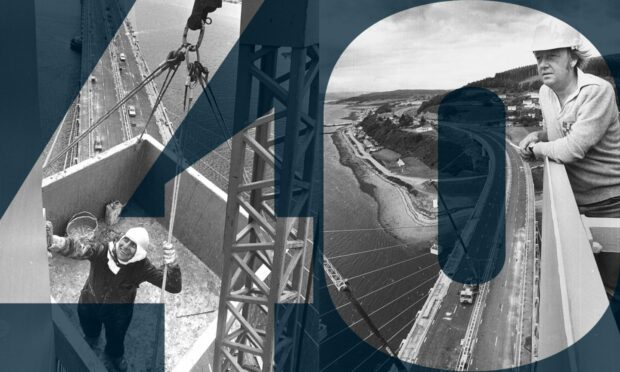
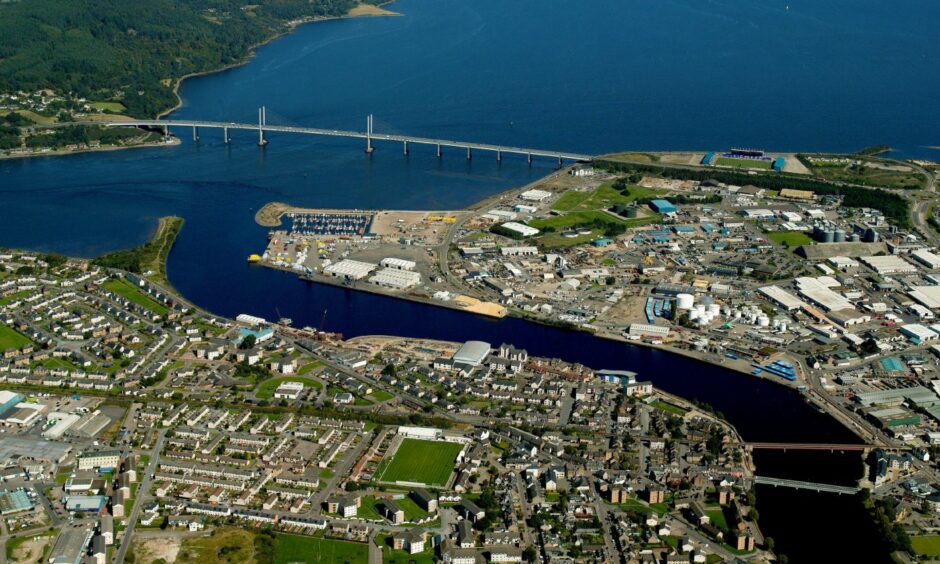
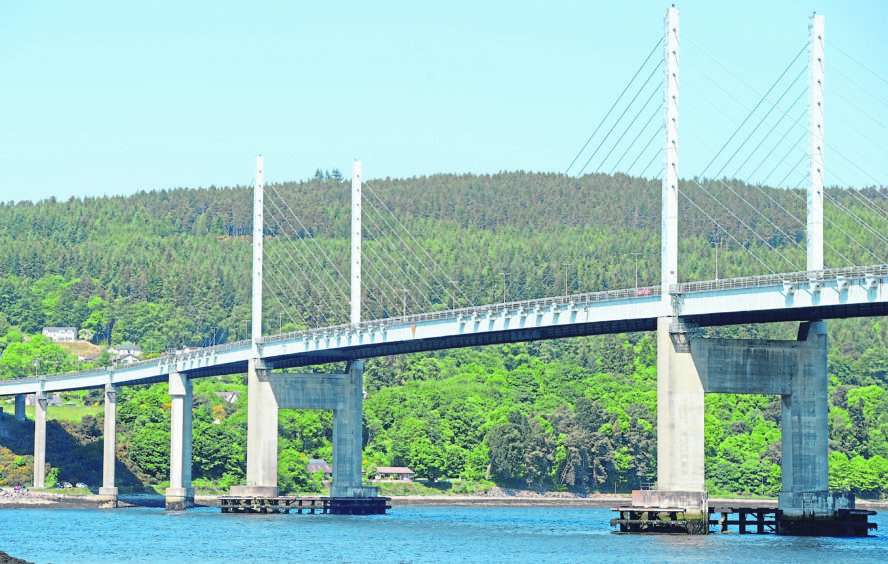
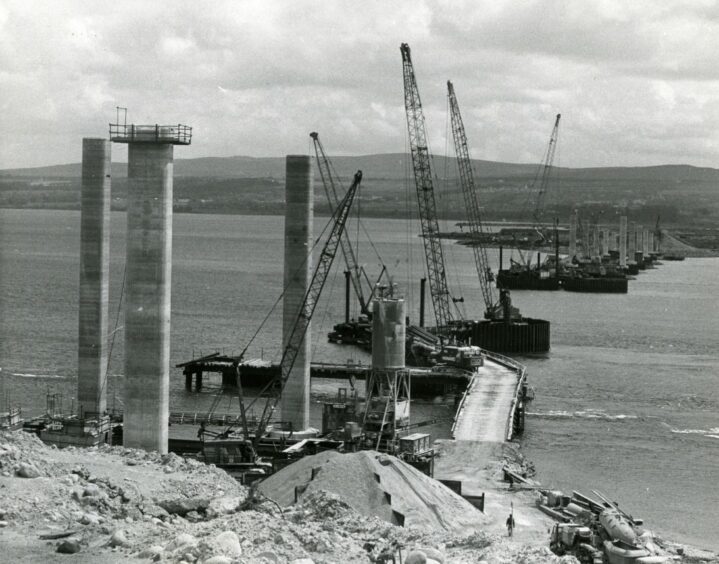
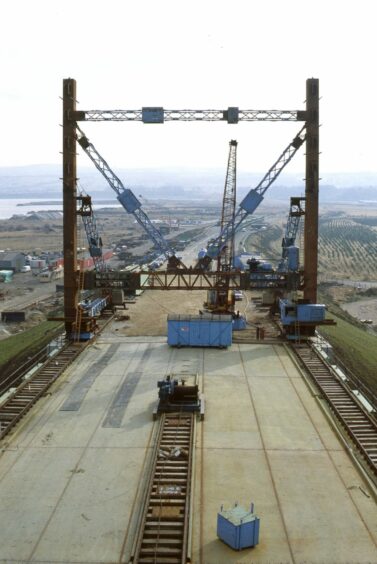
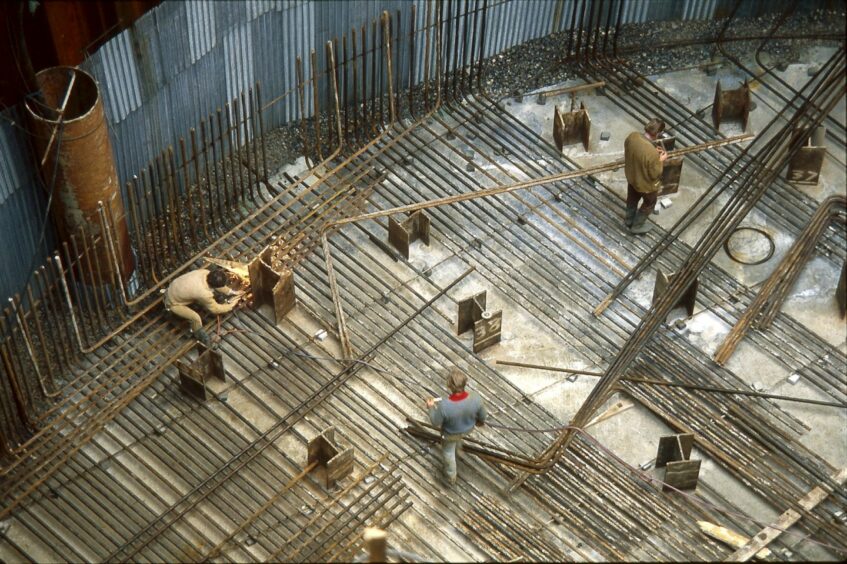
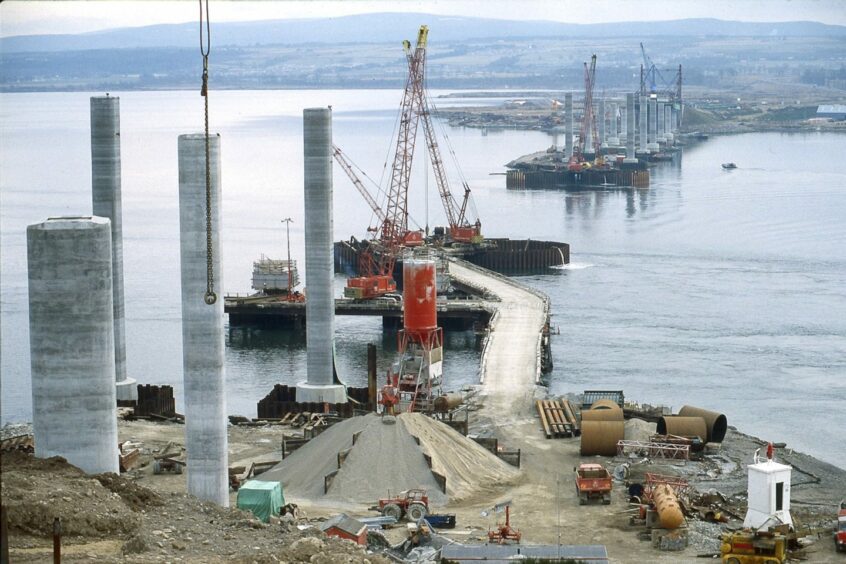
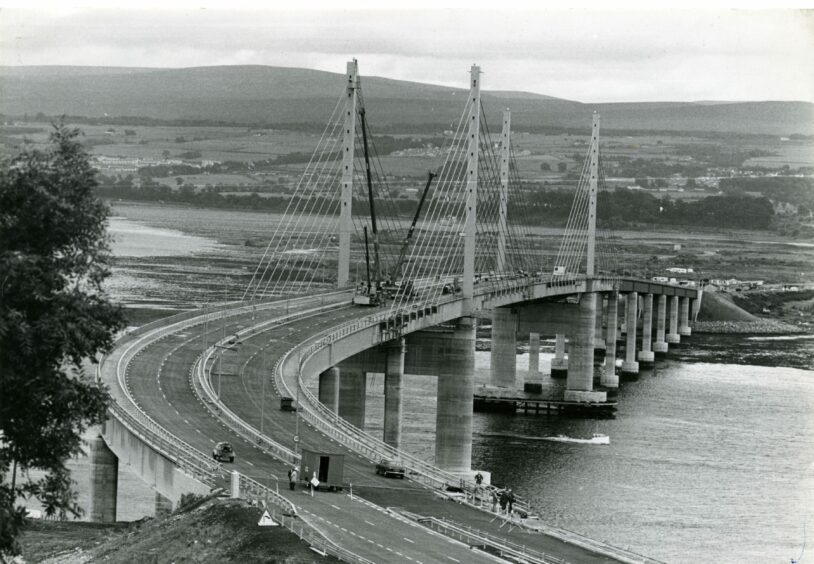
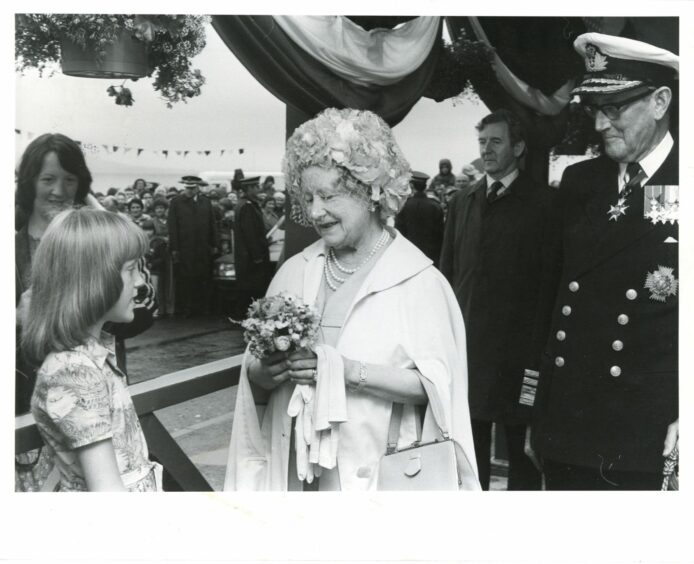
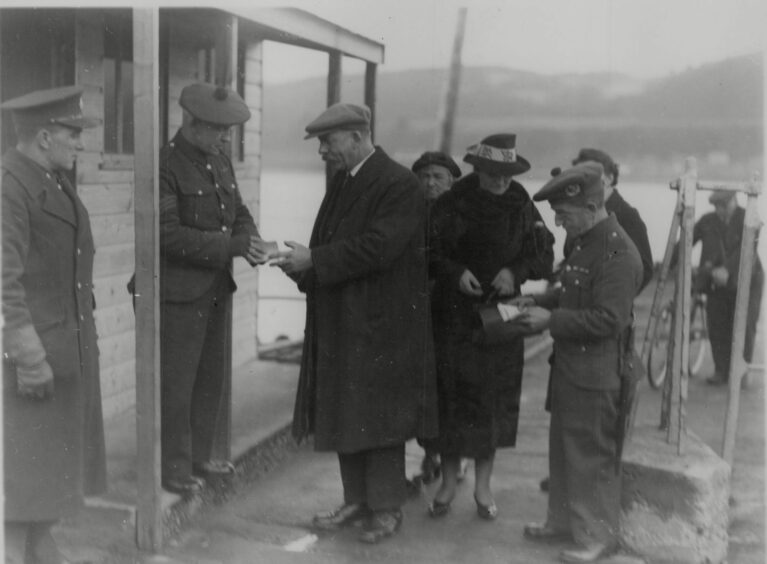
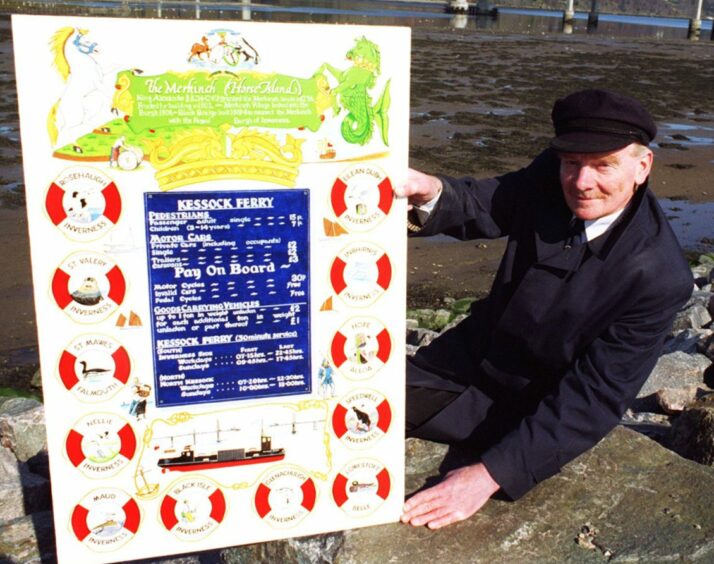










Conversation